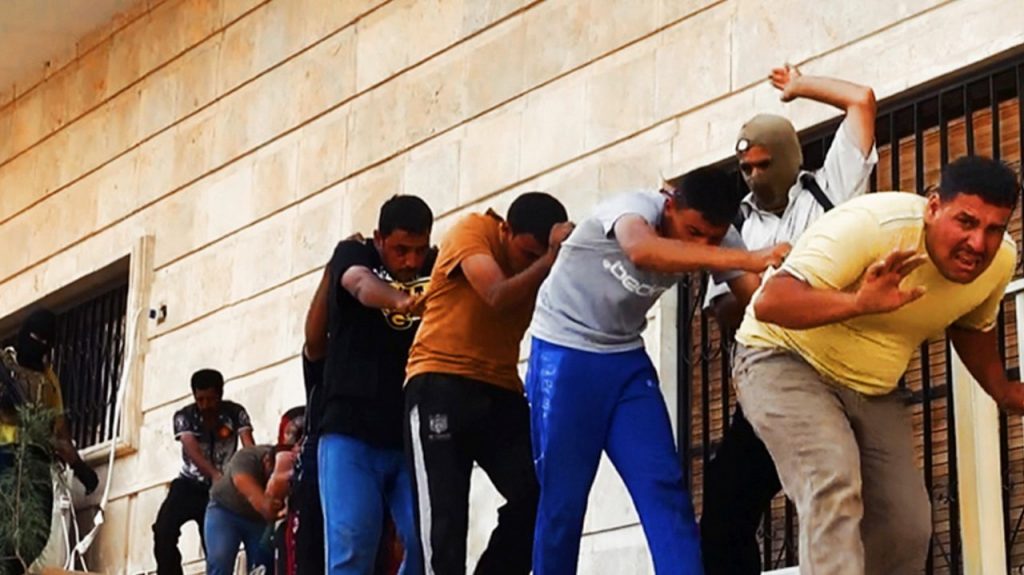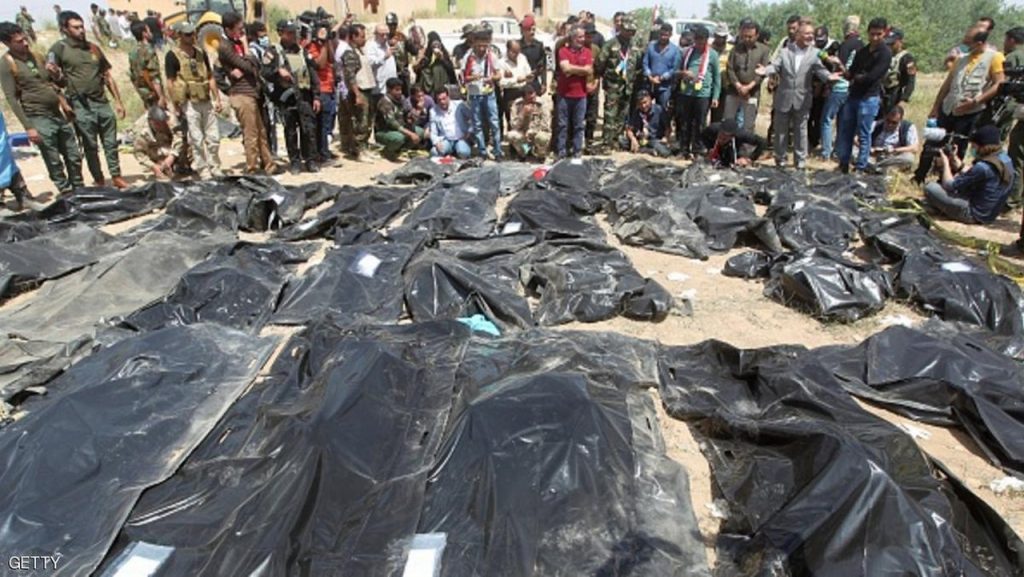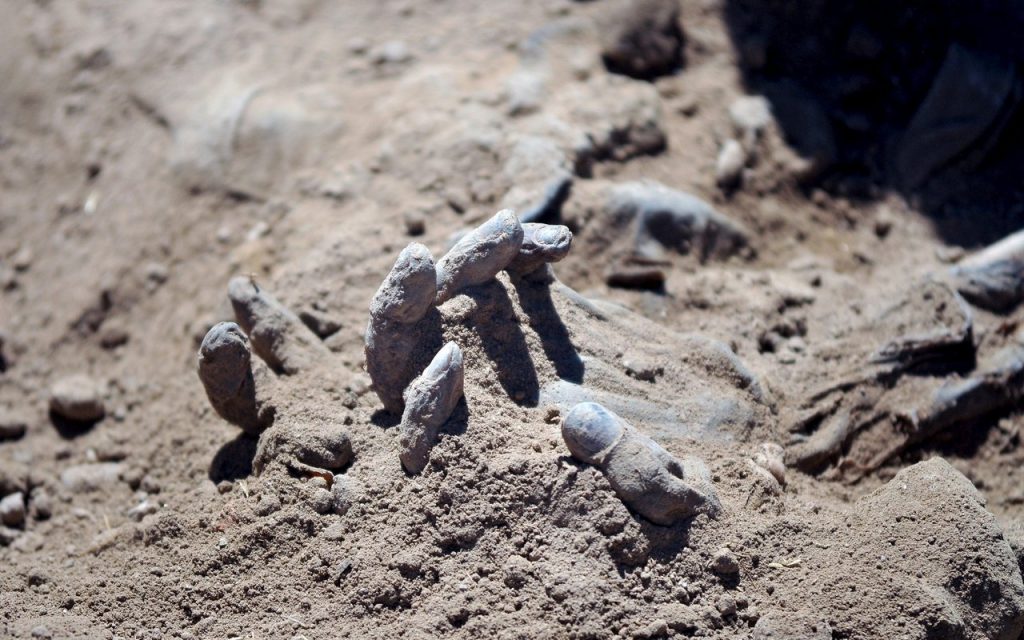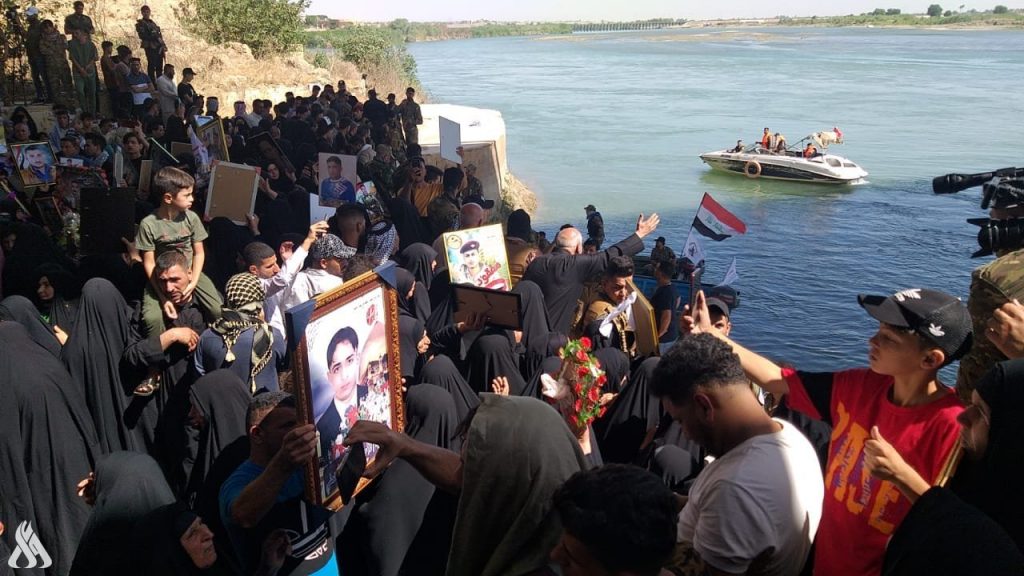The Speicher Massacre became known as one of the first examples of the genocidal brutality of ISIS

Seven years ago members of ISIS kidnapped more than 1,700 unarmed young cadets who had been training in Iraq and executed them.
The Speicher Massacre became known as one of the first examples of the genocidal brutality of ISIS. Nothing on this scale had been done before, with such Nazi-like systematic murder, by a terrorist group and it illustrated how ISIS was not like Al Qaeda or groups that came before.
Terror groups had done major bombings before, targeting Shi’ites, Christians, and Yazidis in Iraq, but this was a more complex plan and the men who were massacred were carefully chosen and moved around before their execution.
So many men were murdered in one place that the streams flowed red with blood. In other cases, they were taken to the dry desert and machine-gunned. ISIS would do the same later when they targeted Yazidis, but they would increase their brutality by selling women and children into slavery. Thousands of Yazidi women and children are still missing.

Memorials for the victims of Speicher have grown over the years, as well as the capture and punishment of some perpetrators. Today in Iraq some are tweeting with a hashtag in memory.
According to reports the remains of hundreds are still missing or unaccounted for. The massacre of the cadets roused Iraq to resistance against ISIS. The international community did nothing to help Iraq stop the massacre or stop ISIS at the time. Instead, social media tech giants openly permitted ISIS to post the videos of the killings of the Shi’ite cadets.
In those days ISIS was openly recruiting online using Facebook and Twitter. Throughout Europe, people were posting messages about “killing the kuffar” and praising ISIS. Eventually, more than 5,000 people from various European states would join ISIS, many of them collaborating in the worst crimes in Iraq and Syria. Chechens from Russia also came, as did thousands from Turkey, crossing the border that Turkey left open so some 50,000 could join ISIS in 2014 and 2015.

The massacre at Speicher and the retreating Iraqi army, whole divisions melting away and leaving behind thousands of vehicles and arms to be captured by ISIS, led The Grand Ayatollah Ali Sistani to issue a call to Jihad in the wake of the June 12 disasters. Young men would be called to arms, every one of them told to come and defend the “people, the honor and the sacred places.”
While the international community ignored, supported, or did nothing to stop ISIS, it was the young Shi’ite men called to arms by Sistani who was left alone to fight the extremism sweeping Iraq. They came by the thousands in June 2014 and within a year ISIS had been checked, by 2016 the legions called up by Grand Ayatollah Ali Sistani were at the gates of Mosul.
By 2019 ISIS was mostly defeated. But the horrors that began on June 12 continue to haunt Iraq and Syria.

 Alghadeer TV Alghadeer TV
Alghadeer TV Alghadeer TV
